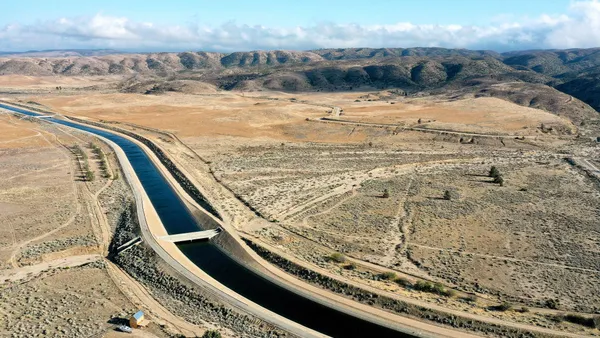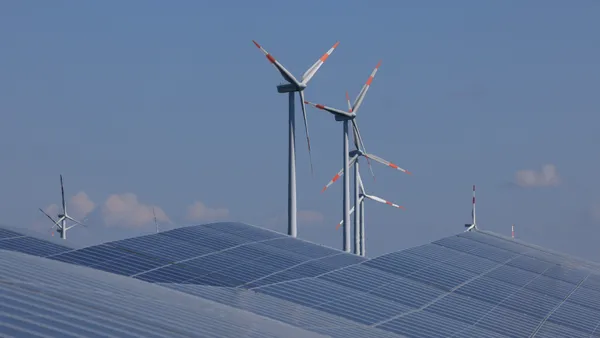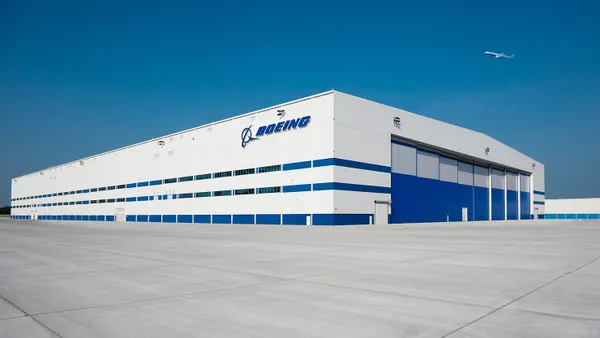Two dedicated high-speed rail lines are now under construction in the U.S., promising to bring a transportation technology that has long been common in Europe, Japan and China. More routes are being studied, with at least five in the planning stages. “We are just getting warmed up,” Transportation Secretary Pete Buttigieg said at the 2024 U.S. High Speed Rail Conference in May.
“There [have] been maps floating around for years, if not decades, depicting a nationwide high-speed rail network,” said Ezra Silk, political director at the U.S. High Speed Rail Coalition, a group of industry and labor advocates. Silk sees the U.S. hitting a “tipping point” as soon as the first of these new projects begins operating. “We need to have a real pipeline of projects around the country if we're going to be moving towards the national system in time to deal with climate change,” he said.
The coalition today released a 20-page guide for high-speed rail advocates on how to get started on organizing, building community and political support and finding initial and long-term funding. “We’re really trying to get this into the hands of local leaders who care about their regions and understand that this could be perhaps one of the most transformative things that's happened since the interstate highway system,” Silk said.
The document lists five stages of the high-speed rail life cycle: project initiation, project development, final design, construction and operations. “It starts with recognizing that this is going to be a complicated undertaking that's going to require a multifaceted effort to get going,” said Bernard Cohen, principal author of the guide and senior advisor for planning and operations at Alternate Concepts, a Boston-based transit service provider.
The guide lays out the beginning steps of an HSR project. First, Cohen said, “You need to start thinking about building toward a mature organization. Secondly, you need to start engaging with organizations and people who might be interested in supporting a high-speed rail project, and you need to work with them to begin to build those relationships. The third thing is you need to start some technical planning.”
The initial steps include lining up potential supporters, conducting a preliminary feasibility study, identifying risks and obstacles and developing a political outreach strategy. “The optimism, which is really important at this stage, needs to be tempered with a realistic sense of what the risks are,” Cohen said, “because projects like high-speed rail are going to have really strong supporters and are going to inevitably invoke some opposition.”
Even at an early stage, funding will be needed for planning and marketing materials. Cohen suggested asking for money from the businesses in the area the new HSR line would serve, as it could bring them a broader sphere of potential employees. Advocates should also explore local and federal funding options and consider approaching labor unions who may benefit from job creation, he said.
The road map encourages advocates to build a diverse group of supporters with varying skills. Cohen named expertise in communications, community engagement and technical planning as key additions to the team. But the most important skill set for a leader, he said, is the “ability to define and articulate the vision for what high-speed rail could do for their region … That person needs to have credibility [and] needs to have good contacts with important players in the region.”
Cohen said he believes the road map “can be helpful in sidestepping some of the challenges that create a more protracted process.”
But Silk warned that launching a campaign for what will be a multi-billion-dollar project “is not for the faint-hearted.” He said, “These are some of the biggest and most complicated infrastructure projects in the world, and delivering them in the U.S. is challenging.”
More than 3 billion passengers ride high-speed trains around the world each year, but just over 12 million ride the United States' only high-speed rail line in Amtrak’s Northeast Corridor, where Acela trains reach speeds of 150 mph. The U.S. has fewer miles of high-speed rail than 10 other countries, according to the International Union of Railways.
“We’re really going to need a series of campaigns in all the major regions of the country, coming from ground up, pushing for these high-speed rail corridors,” Silk said. “Now's the time to strike.”
















